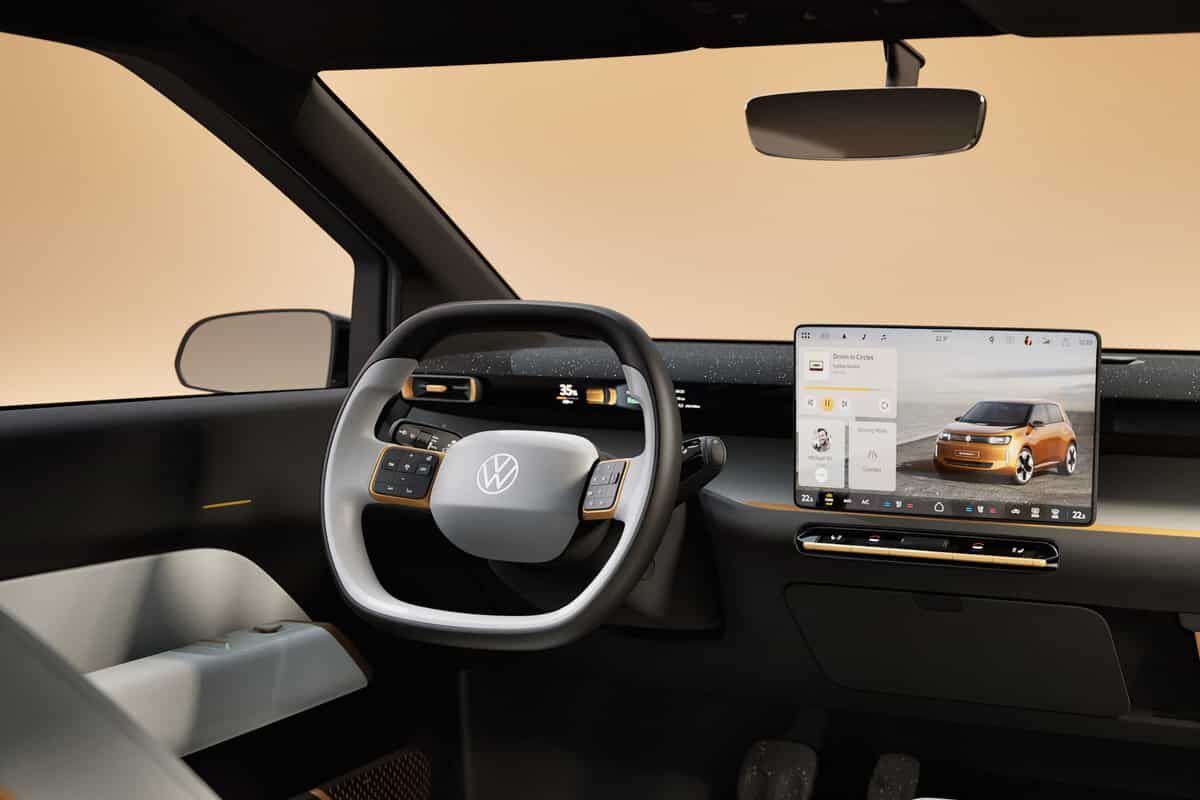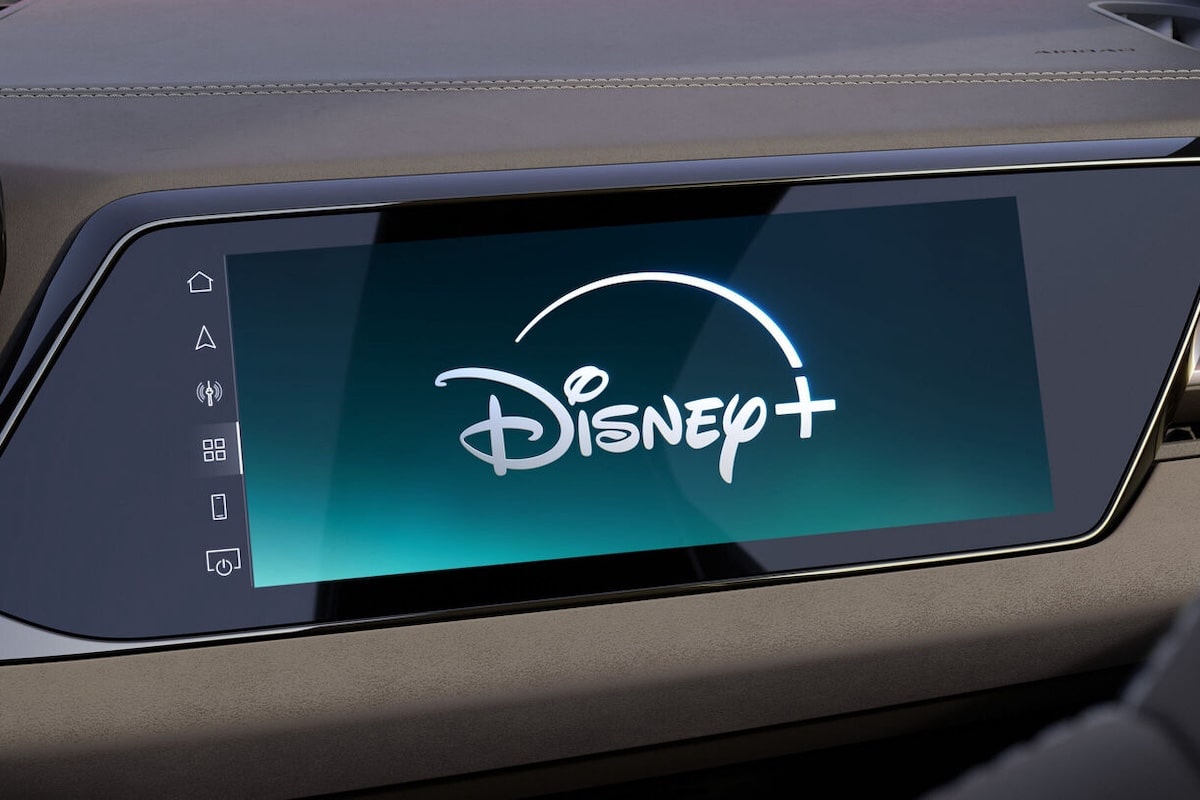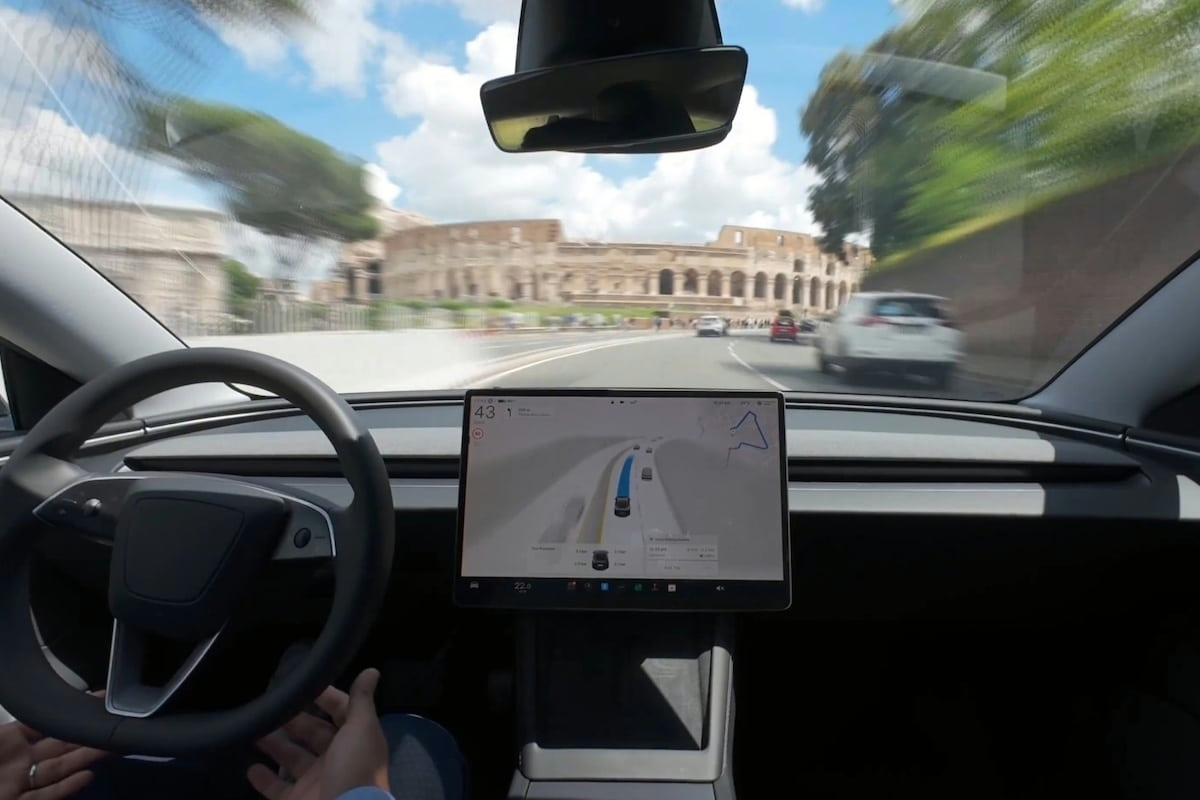Volkswagen Claims to Be Less Touchy than Tesla

Volkswagen has finally made a decision; physical buttons will make their grand return in the manufacturer’s upcoming creations.
After years of touchscreen dominance, Volkswagen has decided to revert to real controls. Buttons will make a strong comeback in the next two high-stakes electric models, the future ID.2 and the one still called ID. EVERY1. Goodbye haptic panels on the steering wheel and options hidden in endless menus; it’s time for simplicity and efficiency.
Volkswagen promises at least five dedicated buttons below the screen: to adjust the volume, manage the heating on each side, control the fans, and activate the hazard lights. And this is just the beginning, as the brand plans to extend these controls to all its future vehicles. According to Andreas Mindt, the head of design at Volkswagen, “These are cars, not phones.” That makes it quite clear.
Common Sense at Your Fingertips
This decision is not just a publicity stunt. The safety requirements of Euro NCAP play a significant role, as starting in 2026, a vehicle without physical buttons for certain key functions, such as windshield wipers or hazard lights, will not be able to achieve the coveted five stars. Manufacturers, pushed by these new standards, are starting to realize that overloading touch screens can be dangerous. After all, many accidents are caused by drivers distracted while trying to navigate through complex menus.
Volkswagen is not alone in this realization. Mercedes, after heavily investing in giant screens and touch controls, also admits that this approach is not ideal. Even Tesla, the pioneer of this trend, is reversing course by reintroducing some physical controls in its recent models, like the turn signal stalk on the new Model Y.
The return of buttons is also a victory for all those who miss the simplicity and intuitiveness of traditional controls. Because at the wheel, nothing beats a reliable touch, reassuring and far less distracting. So yes, it may cost a few more cents per car, but when it comes to safety and comfort, that little extra cost is well worth it. Kudos to Volkswagen; it was about time!
READ ALSO: Tesla removes a screen, its customers add it back!
This page is translated from the original post "Volkswagen assume être moins tactile que Tesla" in French.
We also suggestthese articles:
Also read






